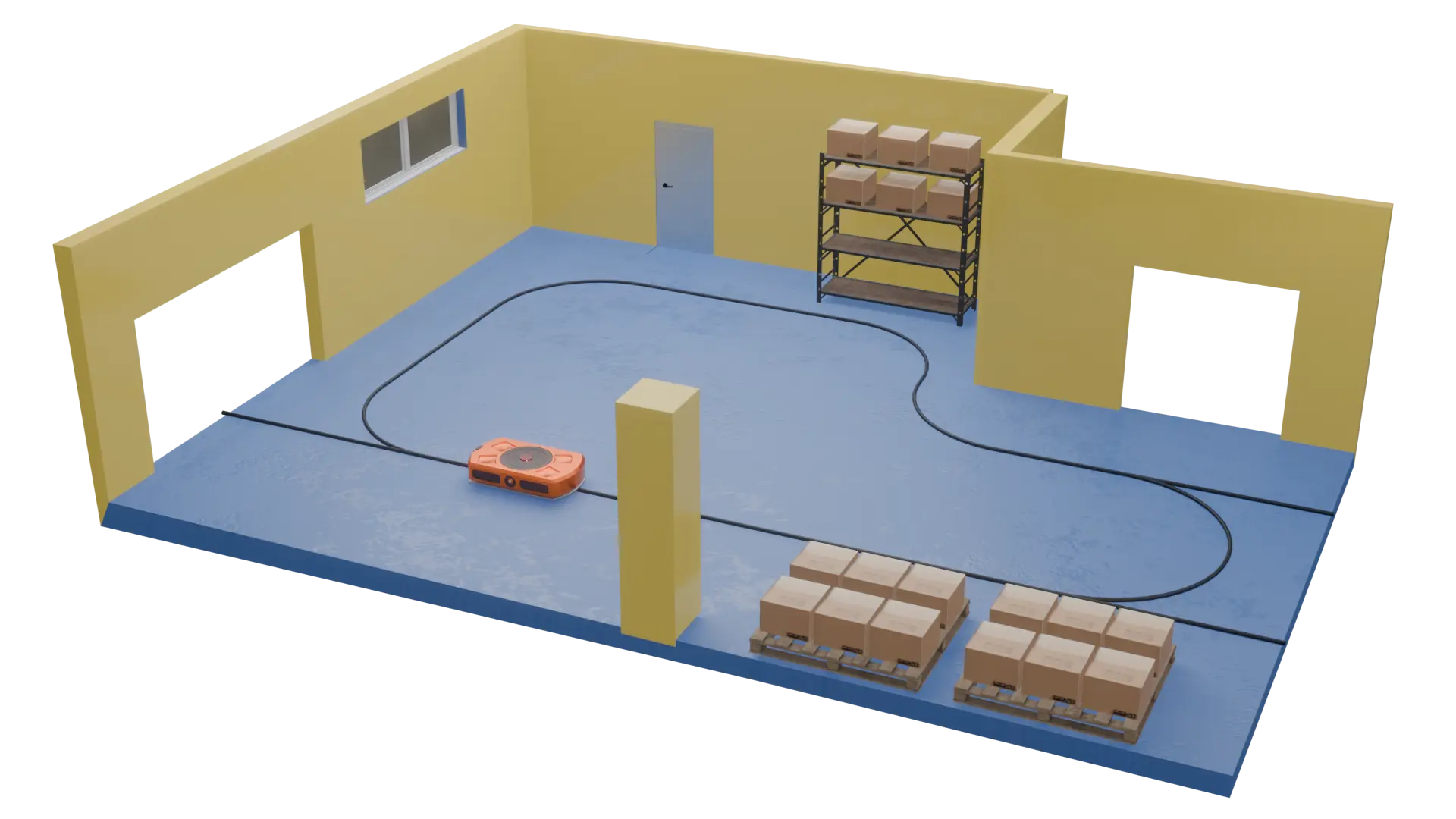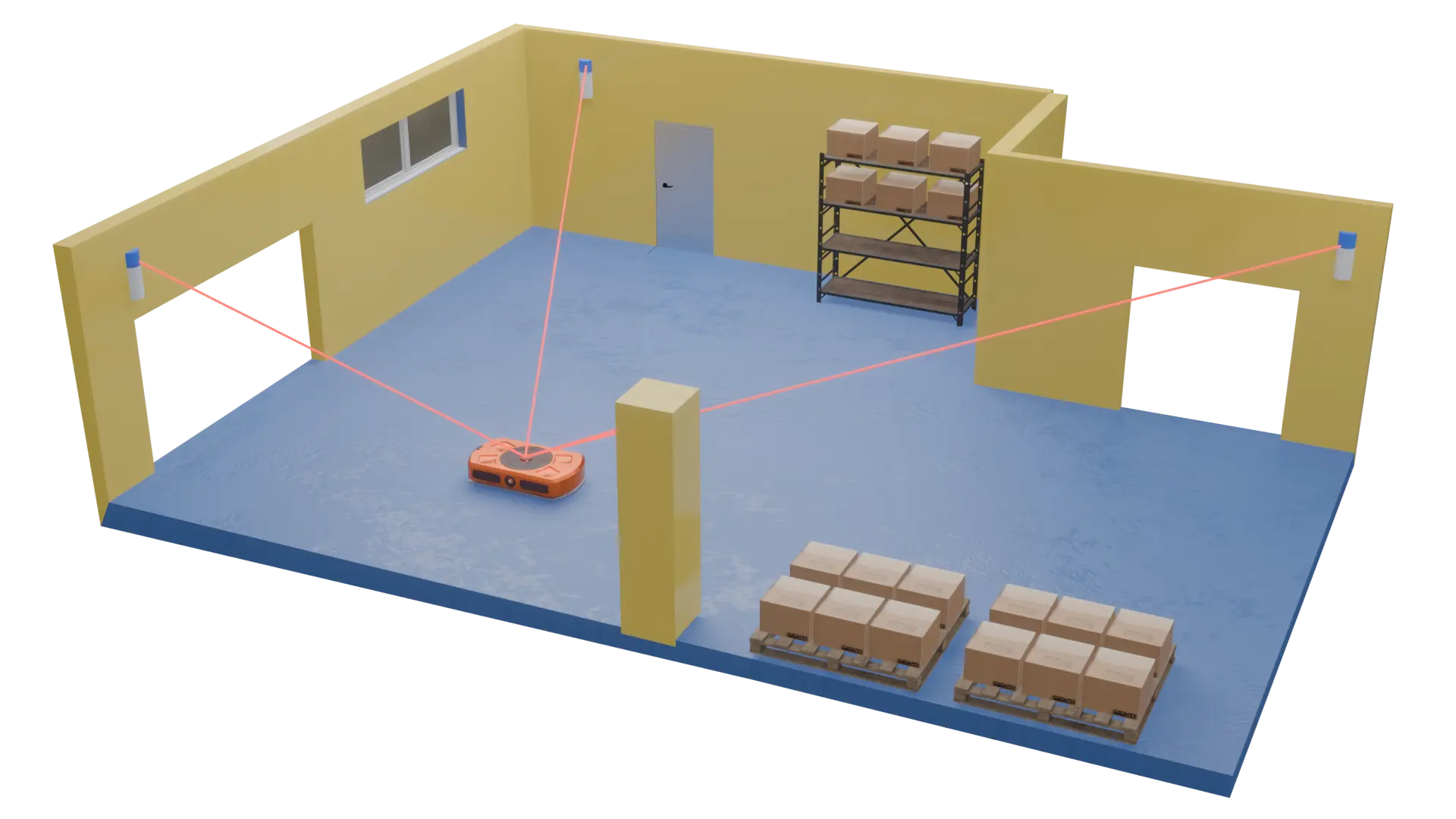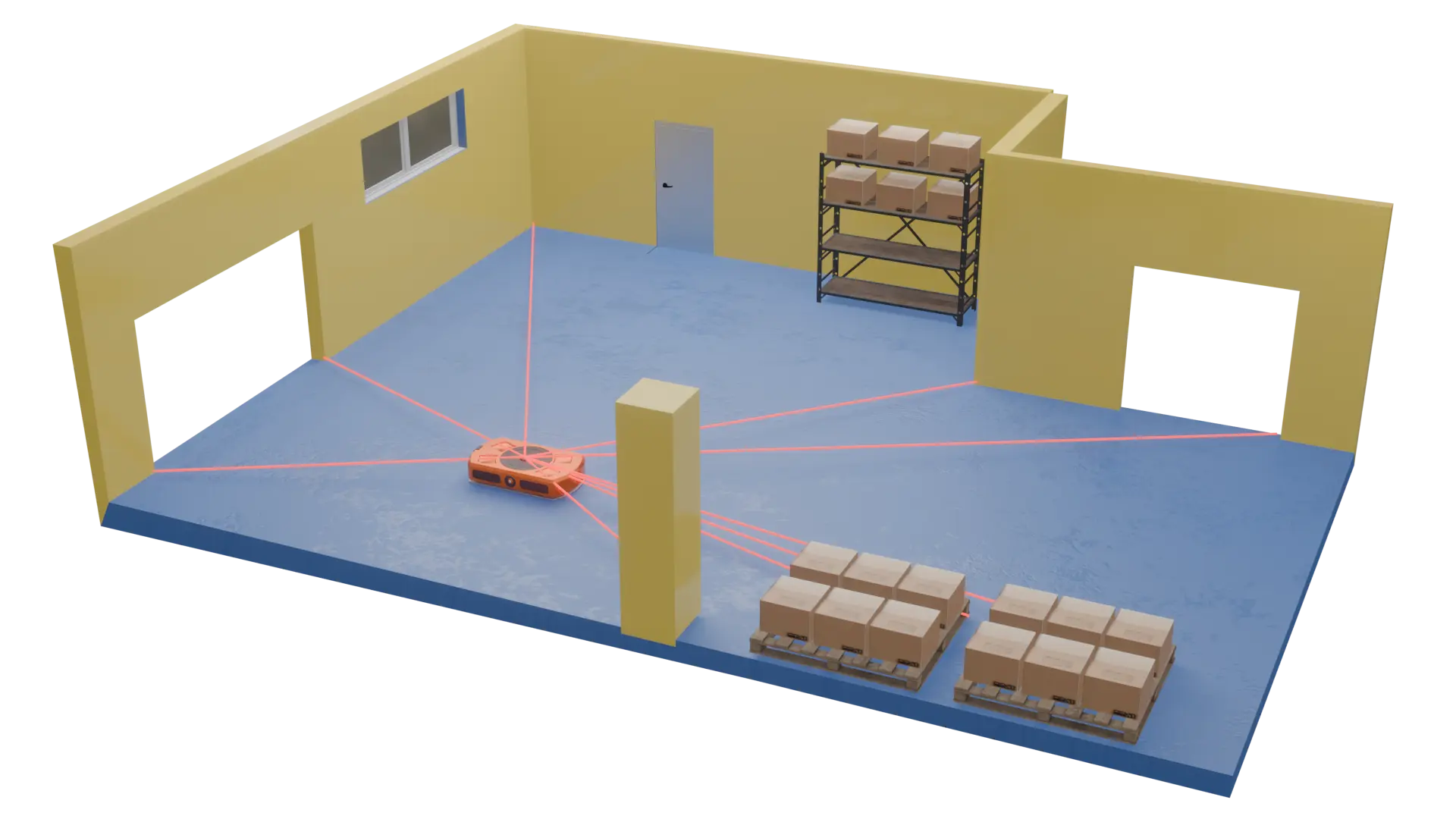In the rapidly evolving field of robotics, effective navigation systems are essential for optimizing efficiency and safety in various applications. Among the leading navigation techniques, magnetic guidance, laser guidance, and natural navigation stand out for their distinct advantages and limitations. This article delves into each of these methods, exploring how they function, their strengths and weaknesses, and the contexts in which they are most effectively employed. Understanding these techniques is essential for selecting the right navigation system to meet specific operational needs in industrial and commercial settings.
Magnetic Guidance: The Industry Workhorse

Magnetic guidance is one of the three leading robot navigation techniques in use today. This technique involves laying adhesive magnetic tape on the floor, which the robot then senses and follows. It boasts very high reliability and is inherently safe since the robot can easily detect and stop if it goes off the track. The simplicity of this system is one of its greatest strengths, as it requires minimal maintenance and is less susceptible to environmental changes such as lighting variations or obstacles that might disrupt other navigation systems. Modifying the path is simply done by moving the tape, a task requiring no special skills, unlike other robot navigation techniques that necessitate the expertise of computer or automation professionals.
Laser Guidance: Affordable Flexibility

In contrast, laser guidance is more complex and requires the installation of reflectors or tags for navigation. It is very flexible, allowing robots to navigate more complex and dynamic environments with higher accuracy. While the positioning accuracy is high, it is not as precise as the magnetic guide in specific scenarios. Laser-guided systems can quickly adapt to changes in the layout of a facility by simply relocating the reflectors or tags, offering a significant advantage in environments where flexibility and adaptability are crucial.
Natural Navigation: Ultimate Flexibility

Natural navigation using Lidar or cameras is the most complex and offers the highest flexibility since it does not require any pre-installed infrastructure like tags or reflectors. This method uses advanced algorithms and sensor fusion to map the environment and navigate through it autonomously. However, it comes at a very high cost and often performs poorly in busy environments where there are many moving obstacles or changing conditions. Additionally, the positioning accuracy of natural navigation systems can be limited by factors such as sensor resolution, processing power, and environmental conditions.
Magnetic + Laser/Natural Navigation
The integration of laser or natural navigation systems with magnetic guidance can provide a hybrid solution that leverages the strengths of each approach. For instance, a robot might use laser or natural navigation for most of its travel, allowing it to navigate complex areas and handle tasks requiring greater flexibility. Then, it can switch to magnetic guidance for the final stretch to ensure perfect alignment and stop at the desired destination with millimeter precision. This combination maximizes both the flexibility of advanced navigation systems and the accuracy and reliability of magnetic tape for critical positioning tasks.
This hybrid approach allows for enhanced versatility and efficiency in various applications, from warehouse automation to manufacturing processes. In summary, while each navigation technique has its advantages and limitations, the combination of these technologies can offer a comprehensive solution tailored to specific operational needs, ensuring both high performance and cost-effectiveness in robotic navigation systems.
Navigation Techniques Compared Side by Side
The table provides a comparative overview of three leading robot navigation techniques: Each method has distinct characteristics suited for different operational needs.
*Magnetic Guide is Sometimes used for Last-Millimeter Positioning**
Overall, the magnetic tape following is the most reliable and safest option with the lowest cost per robot, making it an attractive choice for industrial applications where simple, defined paths are sufficient. Magnetic guides are often used in conjunction with the other two techniques for last-millimeter positioning. In industrial settings, where the primary need is to move goods along predetermined routes with minimal deviation, magnetic guidance systems excel due to their robustness and low operational costs.